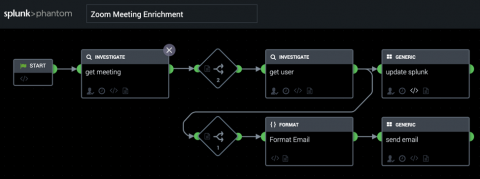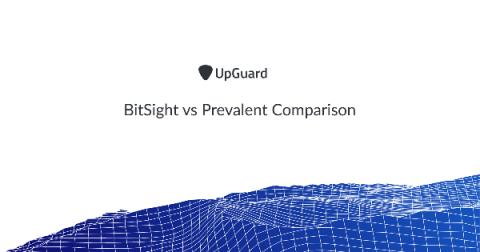Visibility, Vulnerabilities and VPNs - Extending Your Corporate Security Policies and Procedures to Cover Remote Workers
We’ve heard a lot about the drastic measures that organizations in North America and Western Europe are taking to protect their employees against the coronavirus. But as we all know, COVID-19 is a global pandemic. Organizations all over the world now find themselves in a position where they need to take action on their policies and procedures. Take the Middle East, for instance.









